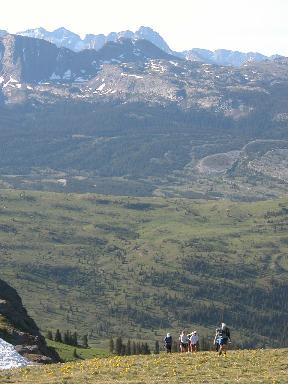 (photo courtesy of Bigfoot Discovery Museum)
(photo courtesy of Bigfoot Discovery Museum)
Bigfootophiles are in the middle of a legal battle. To which I say, why can't we all just get along?
Following is an abridged version of the story posted by the
San Jose Mercury News:
Bigfoot - that bashful, large lug of a hairy monster - is causing trouble among his believers. Not that he - or she, or whichever - ever did anything to anyone except pose for really fuzzy pictures, leave mammoth footprints in remote areas and never get caught.
C. Thomas Biscardi, a Redwood City, Calif., man who bills himself as a “World Renowned Bigfoot Researcher,” has sued the Great American Bigfoot Research Organization, its president and vice president. The group was established in California last year “to track, study and learn about the Bigfoot creatures that are believed to inhabit North America.”
Biscardi, who’s been in the Bigfoot business for 33 years, says he was supposed to be paid $250,000 to “lend his experience, knowledge and reputation” to conduct “Bigfoot expeditions,” and to provide the group with use of his library - which consists of things such as plaster footprint casts, films, photos and sound recordings.
The group, the lawsuit claims, paid him only $65,000 and won’t give back his stuff. Neither defendant could be reached for comment.
The Mercury News reached Biscardi by cell phone Monday. He was Bigfoot hunting just outside Paris, Texas. He didn’t much want to talk about his lawsuit, which he considers his “private business.”
But he was in a high state of excitement. The crew had a Bigfoot sighting Sunday night. Biscardi said they had found a spot that looks like “Jurassic Park,” and saw — guess who? — yep, Bigfoot. Biscardi said he’s had five “close encounters” with a Bigfoot in his career, but nothing like this.
“I gotta tell you something,” he said, “this is the largest thing I’ve ever seen in my life."
Biscardi said television captured its image and he figures the find will hit the national news this week.
We're waiting

















































